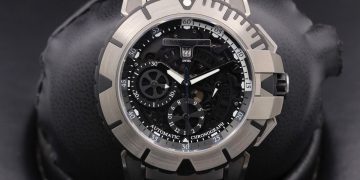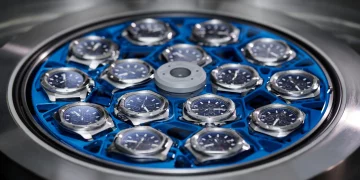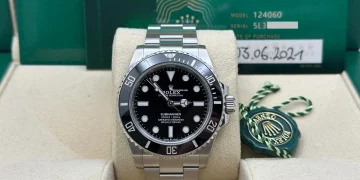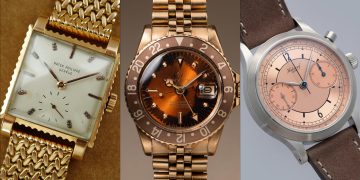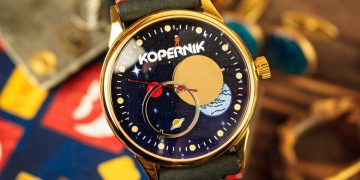A luxury watch is not just a timepiece; it’s a masterpiece of craftsmanship, an investment, and often a heirloom that holds sentimental value. To ensure that your watch continues to perform optimally and retains its beauty, regular maintenance and care are essential. Whether you own a classic mechanical watch or a high-tech quartz model, proper upkeep will help preserve its precision, appearance, and overall functionality for years to come.
In this guide, we’ll explore practical tips on how to extend the lifespan of your watch through simple yet effective maintenance practices, focusing on preserving accuracy, aesthetic appeal, and ensuring long-term durability.
1. Keep Your Watch Clean and Free from Dirt
The appearance of your watch is as important as its performance. Over time, dirt, dust, and oil can accumulate on the case, dial, bracelet, and movement, causing both aesthetic and functional issues. Proper cleaning is essential to maintaining the pristine condition of your timepiece.
Cleaning Tips:
- Regular Wiping: Use a soft microfiber cloth to wipe your watch every few days to remove fingerprints, dust, and smudges. This helps keep the surface of the watch clear and free from scratches.
- Water-Resistant Watches: If your watch is water-resistant, rinse it gently under cool, clean water after exposure to saltwater or chlorine. Use a soft brush or toothbrush to remove grime from the case, bracelet, and any small crevices.
- Leather Bands: Leather watch straps require special care. Avoid getting them wet, and clean them periodically with a damp cloth to remove dirt and oil. Apply leather conditioner occasionally to prevent the material from drying out or cracking.
Precautions:
- Always make sure the crown is fully screwed down (on screw-down models) or pushed in on push-pull crowns before cleaning, especially if your watch is water-resistant. Water can seep in if the watch is not sealed properly, damaging the internal mechanism.
2. Avoid Extreme Conditions
Watches are engineered to withstand everyday wear, but extreme conditions can negatively affect their performance and longevity. Excessive temperature changes, shock, and magnetic fields can lead to inaccuracies or even damage to the movement.
Temperature:
- Avoid exposing your watch to extreme temperature fluctuations, such as leaving it in a hot car or placing it next to a heating source. Excessive heat or cold can affect the lubricants inside the movement, causing them to wear down faster and affect the accuracy.
- Mechanical watches, in particular, may contract or expand with temperature shifts, leading to changes in accuracy.
Shock Resistance:
- While many watches are shock-resistant, it’s still important to avoid dropping or subjecting your timepiece to heavy impact. Impact damage can affect the delicate internal components of the watch.
- Sports and diving watches often have better shock resistance, but daily wear and care should always be exercised.
Magnetic Fields:
- Magnetic fields can interfere with the accuracy of your watch’s movement. Avoid placing your watch near electronic devices such as smartphones, speakers, computers, or magnets. Mechanical watches, especially automatic movements, are more susceptible to magnetic interference than quartz models.
3. Regularly Wind Your Watch (For Mechanical Watches)
If you own a mechanical or automatic watch, it’s crucial to keep it properly wound to ensure it functions smoothly. Regular winding helps maintain the lubrication inside the movement and keeps the components in good working condition.
Manual Winding:
- If you have a manual-wind watch, ensure you wind it regularly, even if you’re not wearing it every day. Turn the crown in a clockwise direction until you feel resistance (typically around 30-40 turns). This helps to keep the watch movement active.
- Don’t overwind your watch. If the crown feels tight and does not turn any further, stop winding to prevent damaging the movement.
Automatic Watches:
- For automatic watches, wearing them daily will keep the movement wound through the motion of your wrist. If you don’t wear it often, use a watch winder to keep the movement active when it’s not in use. This helps avoid lubricant displacement inside the movement, which can affect its precision.
4. Store Your Watch Properly
When you’re not wearing your watch, storing it properly is vital to ensure that it remains in top condition. Improper storage can result in scratches, dirt buildup, and potential damage to the internal components.
Storing Tips:
- Use a watch box: A soft, cushioned box will prevent your watch from getting scratched or damaged. Avoid tossing your watch into a drawer where it may get scratched or knocked around.
- Watch Winders: For automatic watches, invest in a watch winder if you want to keep the watch ticking while it’s not being worn. This is especially important for complicated movements that require constant motion to maintain accuracy.
- Keep away from sunlight: Prolonged exposure to direct sunlight can fade the dial and damage leather straps. Store your watch in a dark, cool place.
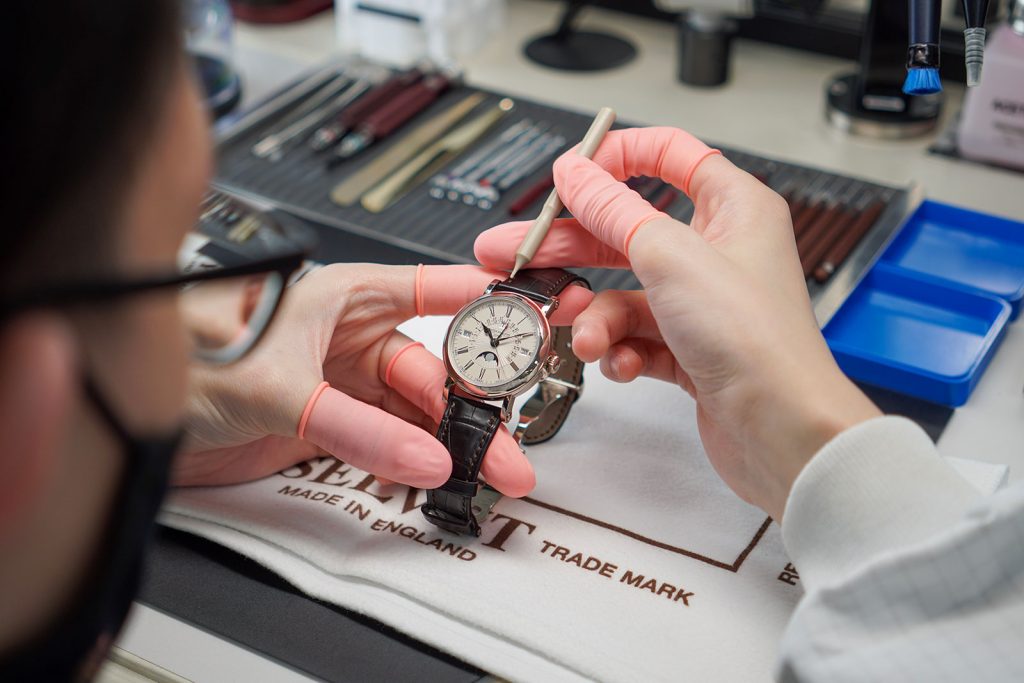
5. Regular Servicing
Just like any other complex mechanism, watches require regular servicing to ensure they continue to run smoothly. Even if your watch appears to be working fine, periodic professional maintenance is essential to keep it in top condition.
Service Intervals:
- Mechanical Watches: Mechanical watches should be serviced approximately every 3 to 5 years. Over time, the lubricants inside the movement break down and need to be replaced. Regular servicing ensures that the movement stays in top condition, minimizing wear and tear on the internal components.
- Quartz Watches: Quartz watches typically require less frequent servicing, but you should still change the battery every 1-2 years to avoid leakage or corrosion. Even though they have fewer moving parts, quartz watches still benefit from a cleaning and check-up every few years to maintain their accuracy.
- Water-Resistant Watches: If you regularly use your watch for swimming or diving, it’s important to get the seals checked and replaced as needed during servicing to ensure the water resistance is maintained.
6. Handle with Care: Avoid Over-tightening the Crown
While winding or adjusting your watch, it’s important to handle the crown with care. Over-tightening or forcing the crown can cause unnecessary stress on the movement and internal gaskets, potentially leading to damage.
Crown Tips:
- Always push the crown back in or screw it down after adjusting the time or date to prevent water or dust ingress.
- Don’t pull the crown too forcefully when adjusting the time, as this can damage the stem or the gears inside the watch.
Conclusion: Maintain Your Watch, Maintain Its Legacy
A watch is more than just a tool for telling time—it is an investment that requires care, attention, and maintenance to preserve its accuracy, aesthetic appeal, and overall value. By following these simple yet effective tips, you can ensure that your watch continues to serve you for many years, retaining its precision, beauty, and reliability.
Remember, whether you own a mechanical marvel, a timeless classic, or a modern innovation, treating your watch with respect and performing routine maintenance will help it remain a cherished part of your collection and a true companion throughout life’s journey.



